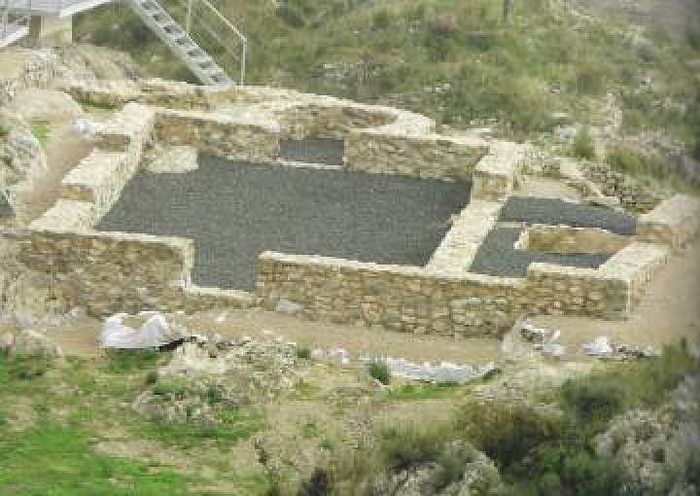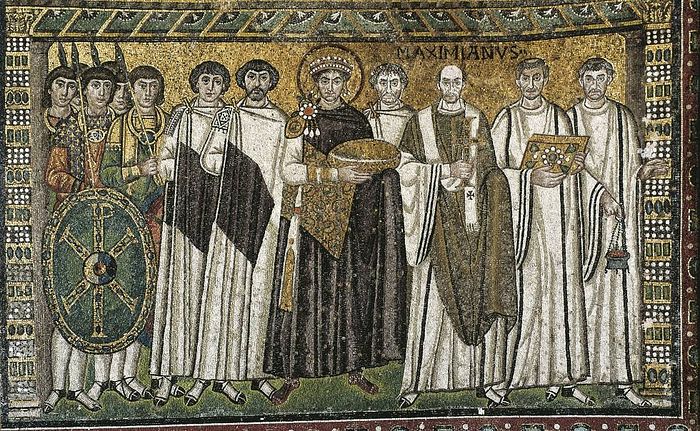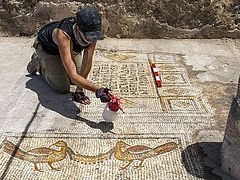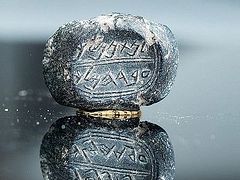Elda, Spain, January 20, 2020
Previously thought to be a Roman or Visigothic site on a hill on the outskirts of Elda in the Alicante province of Spain, experts from the University of Alicante and the local archaeological museum have confirmed that the remains of a Christian monastery discovered in the 1980s are in fact those of a Byzantine monastery.
The research lasted almost 25 years “due to the difficulties of identifying the architectural remains and liturgical utensils found,” explains Antonio Manuel Poveda, a professor of ancient history and director of the museum.
In fact, the first to note the presence of possible monastery remains was municipal archivist Lamberto Amat in 1873, although he was unable to date the construction of the monastery. More materials were found though unidentified 50 years ago. Finally, in the 1980s, archaeologist Enrique Llobregat managed to confirm the “existence of a Christian monastery” on the hill, having found fragments of a Greek-style altar, reports El Pais.
In addition to a small set of weights with inscriptions in Greek found earlier, the most recent excavations, led by Poveda, unearthed a large octagonal column, typical of Byzantine architecture. It is a unique find throughout the Iberian Peninsula. Various liturgical utensils have also been found—the only ones found in Spain belonging to the Byzantine rite.
 Remains of the Byzantine church discovered in Elda. Photo: elpais.com
Remains of the Byzantine church discovered in Elda. Photo: elpais.com
The weights come from a law of Emperor St. Justinian dictating that merchants had to prove the authenticity of their pesos in the main churches of each city. “The churches,” explains Poveda, “functioned as guarantors that buyers of precious metals were not deceived and that the coins corresponded to their real value. If the operations were fraudulent, the tax revenue was lower.”
Thus, the monastery on the hill functioned as a Byzantine administrative and fiscal headquarters by order of the emperor.
10 graves with 16 bodies were also found, several of which were wearing rings with a Greek cross. “We had many loose elements, but nothing that confirmed to us with total certainty that it was a Byzantine monastery,” says Poveda.
Poveda emphasizes that after the discovery of the weights there are no doubts: It is a “Byzantine church belonging to a Greco-Eastern monastery, with architecture and furniture of a Byzantine nature.”





